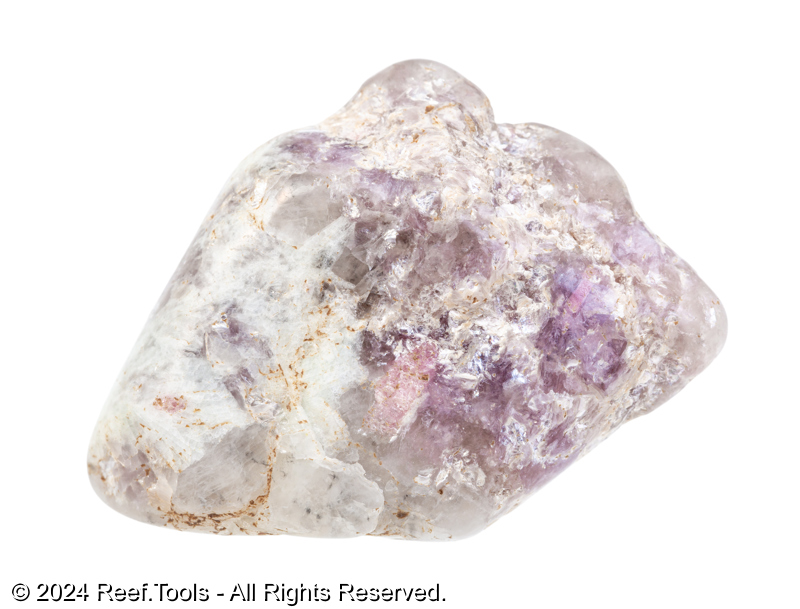
Lithium (Li)
Alkali Metals
Atomic Number: 3
Last Reviewed: 12/15/2024
Lithium (Li) is a trace element present in marine environments, including reef aquariums. Its role and management in reef⁻keeping are subjects of ongoing research and discussion. Lithium is an alkali metal found in seawater at low concentrations. In reef aquariums, understanding its presence and potential effects is important for maintaining a balanced ecosystem.
Natural Seawater Levels
Lithium concentrations in natural seawater are approximately 180 µg/L (0.18 ppm)
Risks
Deficiency: There is no documented evidence of lithium deficiency adversely affecting marine organisms in reef aquariums.
Excess: Elevated lithium levels can be toxic to marine life. However, toxicity typically occurs at concentrations much higher than those found in aquariums.
Relevancy
Biological Role: The specific biological functions of lithium in marine organisms are not well-defined. Some studies suggest it may play a role in metabolic processes, but concrete evidence is limited.
Aquarium Dynamics: Lithium can enter reef aquariums through synthetic sea salts and other additives. Its concentration can vary depending on the sources and maintenance practices.
Ocean Values
| Reference Name | Low | High | Optimal | Unit |
|---|---|---|---|---|
| Caribbean Ocean | 150.0000 | 200.0000 | 180.0000 | µg/L |
| Australia Ocean(Generic) | 150.0000 | 200.0000 | 180.0000 | µg/L |
| Red Sea Ocean | 150.0000 | 200.0000 | 180.0000 | µg/L |
Regional Variations
Lithium concentrations can vary based on factors such as proximity to terrestrial inputs and local geochemical processes.
Dosage Recommendations
Target Level: Maintain lithium concentrations at approximately 0.18 ppm, consistent with natural seawater levels.
Supplementation: If necessary, follow manufacturer guidelines and adjust based on accurate testing to avoid overdosage.
Handling
Testing: Utilize precise analytical techniques for monitoring lithium levels, acknowledging the limitations of standard aquarium test kits.
Supplementation: Only consider supplementation if a verified deficiency exists, and proceed with caution to prevent toxicity.
Reef.Tools recommends: Maintain Lithium (Li) concentrations between 150.0000 and 200.0000 µg/L.
References
- Thibon, F., et al. (2021). Large-scale survey of lithium concentrations in marine organisms. Science of the Total Environment, 751, 141453. Hal Science
- Huh, Y., et al. (1998). Lithium and its isotopes in major world rivers: Implications for weathering and the oceanic budget. Geochimica et Cosmochimica Acta, 62(12), 2039-2051.
- Shimek, R. L. (2002). Is it really in the water? A critical reexamination of toxic metals: Part 2. Reefs.com. Reefs
Difficulty
Rating: Easy
Managing lithium levels is relatively straightforward due to its stable presence in seawater and the lack of evidence for significant biological impact at typical concentrations.
Categorization
Element Type: Alkali Metal
Role: Trace Element
Not Usually Deficient
Regular water changes with quality salt mixes typically replenish lithium levels, making deficiencies uncommon.
Not Essential
The specific biological functions of lithium in marine organisms are not well-defined, and its essentiality remains uncertain.
Aliases
Li